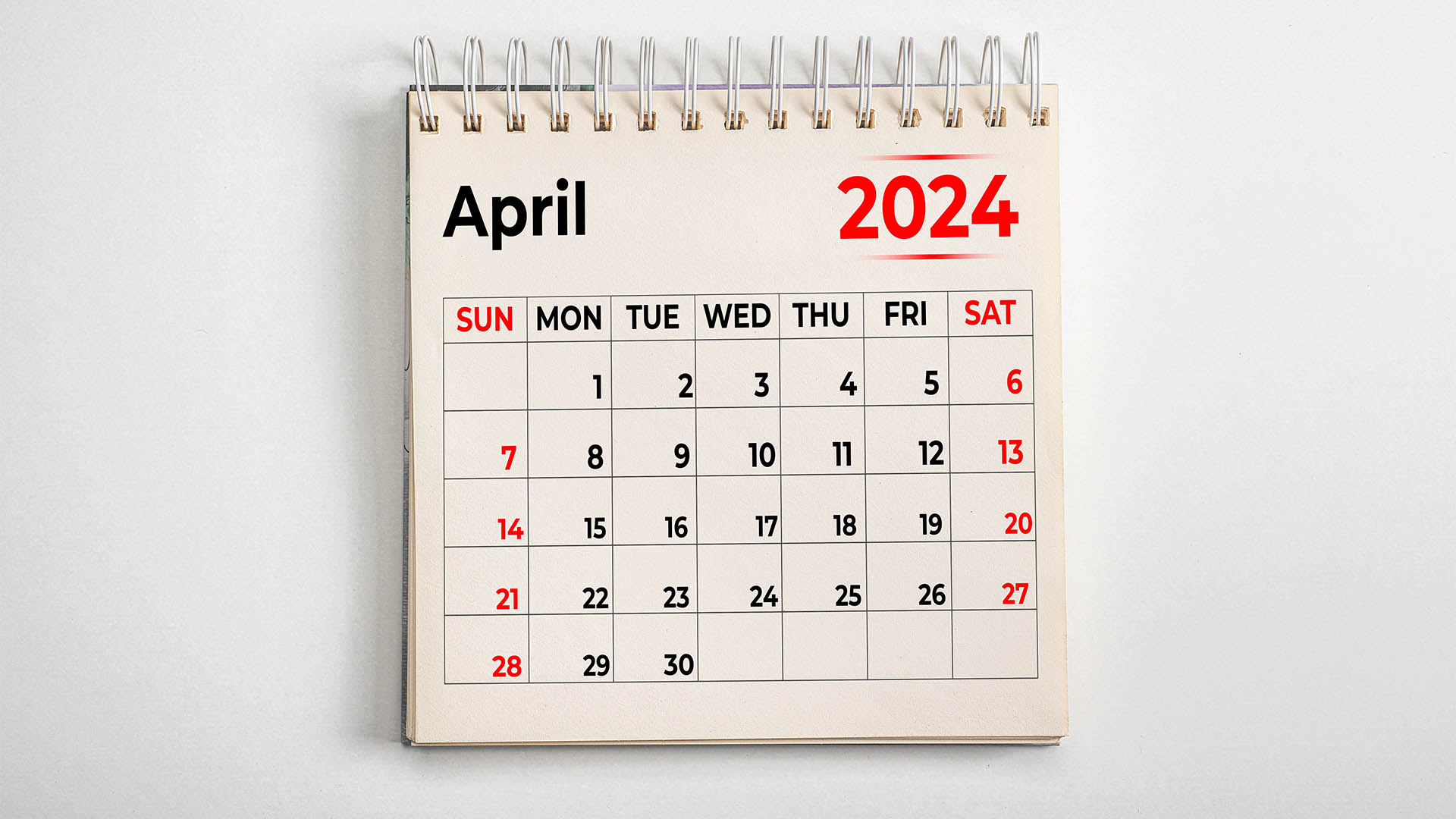Naturally the US Federal Reserve’s two-day meeting and statement at 4am Sydney time on Thursday will hold market attention this week, but so will the first estimate of US June quarter economic growth a day later which might just overwhelm that rate rise and ignite a debate about whether the US economy is stumbling into a recession.
The Fed will lift rates by 0.75% for a second time and US economists say there is no data to be released this week that would see that lifted to a 1% rise – that spectre died quickly last week.
The Fed also releases its usual post-meeting statement and economists will be looking for any new guidance on the pace of rate rises over the rest of this year in the federal funds rate, now 1.50% to 1.75%.
A 0.75% lift will see that range rise to 2.25% to 2.50%.
And as people are still talking about that increase, the first estimate of June quarter GDP on Thursday will turn the focus onto whether the economy is in a recession (and repeat the debate about what constitutes a recession in the US – it is not as obvious as it is in Australia).
And if people start talking recession on the basis of two negative quarters in a row, then the Fed’s rate rise will assume greater importance – and perhaps be assigned more blame than it should.
Any call of recession will be according to some measures non-American economists outside use though not the ones US authorities use.
The last recession was in 2020 in the first wave of the pandemic when despite a sharp slide in GDP and a surge in unemployment, the slump only lasted two months because of the rapid recovery in the jobs market. That in turn resulted from government job and other support programs and the Fed’s huge quantitative easing program and record low interest rate of 0.10%.
While the two Fed decision and the first GDP estimate dominate what will be a very busy week on the US economic data and monetary policy fronts, there’s a lot happening elsewhere.
New data is due on new-home sales, pending-home sales, consumer confidence, personal income and spending along with the PCE deflators (Personal Consumption Expenditure data that the Fed watches very closely). That will be out Friday, after the Fed’s rate rise Wednesday afternoon
There’s also the Employment Cost Index for the second quarter, which will likely post another solid gain as wages rise – but well behind the accelerating pace of inflation, now a headline annual rate of 9.4% in June.
If the first estimate of second quarter of GDP sees a negative growth reading (as most economists expect) it will see a chorus of ’told you so’s from people who think the Fed has reacted too quickly in pushing up rates to try and cap the surge in inflation.
Moody’s economists are forecasting a fall of 1% (annual) as the first estimate for second-quarter GDP, After the 1.6% annual fall in the March quarter, many economists would claim that represents a recession.
Diane Swonk, chief economist at KPMG in the US, expects to see a decline of 1.9%, but added it is not yet a recession because unemployment would need to rise as well, by as much as a half percent.
“That’s two negative quarters in a row, and a lot of people are going to say ‘recession, recession, recession,’ but it’s not a recession yet,” she said.
“Trade remains a huge problem and inventories were drained instead of built. What’s interesting is those inventories were drained without a lot of discounting. My suspicion is inventories were ordered at even higher prices.”
US economists point out that the weakness in GDP in the first half has been “volatile and often mean-reverting components—net trade and inventories while domestic final sales and gross domestic income have held up noticeably better.”
But more importantly, GDP is only one of many variables that the National Bureau of Economic Research, (the de facto arbiter of US booms and recessions) uses in its recession calls.
The NBER defines a recession as a “significant decline in economic activity spread across the economy, lasting more than a few months, normally visible in production, employment, real income and other indicators.”
Apart from GDP, the NBER relies on non-farm employment, real personal income excluding (government) transfers, real consumer spending, industrial production, and weekly hours worked.
All have continued to rise this year, especially employment which at 3.6% is the lowest for years and for a recession to happen, it would have to rise back past 4% very quickly and be heading for 5%.
Wages are rising at more than 5% and with inflation above 9%, there’s a fair amount of negative real wage growth. Despite that weakness, consumer spending remains solid with June retail sales rising 0.9% (from the revised contraction of 0.1% in May – better than the 0.3% fall in the first estimate and another small bullish point about household consumption).
It’s likely that by Friday the Fed’s next rate rise might be 0.25% and not necessarily in September.













